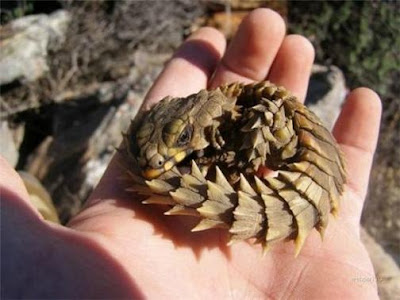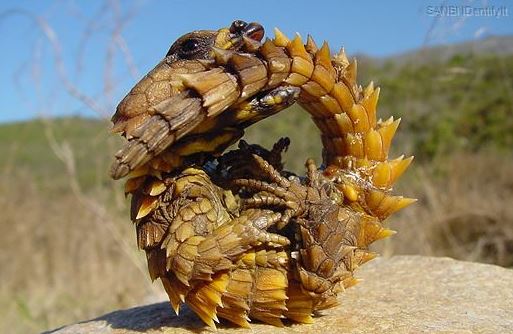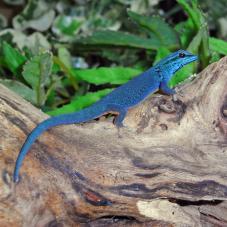

Reproduction: viviparous (1- 17 offspring) To find out more about these amazing animals, please visit the Sungazer Working Group's website, or check out my recent paper on the phylogenetic relationships of the S.warreni group.Ĭommon names: Grass Lizards, Snake lizardsĭistribution: Found across the high elevation and coastal grasslands of Southern and eastern Africa from South Africa to Angola, Democratic Republic of Congo, and Tanzania

However, range fragmentation as a result of increased arable farming, collection for the pet trade and muti (traditional african medicine) is having a significant impact on Smaug giganteus populations.
#Dragon armadillo lizard for sale free#
According to Tolkien, (who was born in the Free State where these animals occur) the name Smaug is "the past tense of the primitive Germanic verb smeugan, meaning "to squeeze through a hole", making it a doubly appropriate name for dragon-like lizards that live in burrows or rock cracks.īecause of their preference for rocky habitat, most members of the genus are not considered to be in any danger from habitat destruction. The genus was named after the antagonistic dragon from J. The other members of the genus prefer deep, horizontal crevices in shaded rock outcrops. Unusually for cordylids, Smaug giganteus lives in deep, self-excavated burrows, which it retreats into when threatened. The largest of all cordylids, Smaug giganteus, are commonly known as “Sungazers”, because of their distinctive habit of basking with their head pointed skywards. All members of this group are robustly built and well armored, possessing distinctively enlarged occipital spines and sharply keeled caudal scales. The genus Smaug contains the largest species of the cordylidae. An upcoming phylogenetic study that has comprehensive taxon sampling will revise the taxonomy further, naming several new species (Martin Whiting, Mitzy Pepper and Scott Keough in prep).Ĭommon names: Ouvolk, Sungazers, giant girdled lizards, dragon lizards.ĭistribution: The steppes of the eastern Free State and the mountainous regions of Mpumalanga, KwaZulu-Natal, and Limpopo provinces of South Africa, as well as Swaziland, southern Mozambique, and eastern Zimbabwe

It is hypothesized that the Southwestern forms are a relict population that was separated from the Northeastern species by the spread of the Kalahari Desert or by the changing course of the Orange River. The genus has a disjunct distribution, with 24 Platysaurus taxa occurring in the Mpumalanga, Limpopo and KwaZulu Natal provinces of South Africa, Swaziland, Zimbabwe, Malawi, Tanzania and Mozambique and three species occupying a much smaller range along the border of South Africa and Namibia. Due to their adaptation to a rupicolous lifestyle they are limited to specific habitats and are thought to be poor dispersers. They nest communally in deep cracks, producing one or two large, elongated, soft-shelled eggs each year.

Platysaurus are the only oviparous members of the Cordylidae. The dorsal surface is covered with granular scales, and osteoderms are restricted to the large scales on the head, legs and the lightly armored tail. During territorial disputes, males expose their brightly colored bellies by tilting sideways, or raise the head and body on straightened forelimbs, revealing the bright coloration of the throat and chest. Platysaurus display extreme sexual dichromatism the males are spectacularly colored, while females and juveniles are drab by comparison. They are sociable animals, forming dense colonies, with males maintaining territories during the breeding season. Their extreme flat morphology allows them to occupy the narrowest of cracks and they are often found under exfoliated flakes of granite, gneiss and sandstone. The highly flattened members of Platysaurus are swift, lightly-armored rock specialists. Habitat: Large granite, gneiss and sandstone bouldersĭistribution: Zimbabwe, eastern and northwestern South Africa, extreme southern Namibia, Swaziland, Mozambique, Malawi, southern Tanzania


 0 kommentar(er)
0 kommentar(er)
